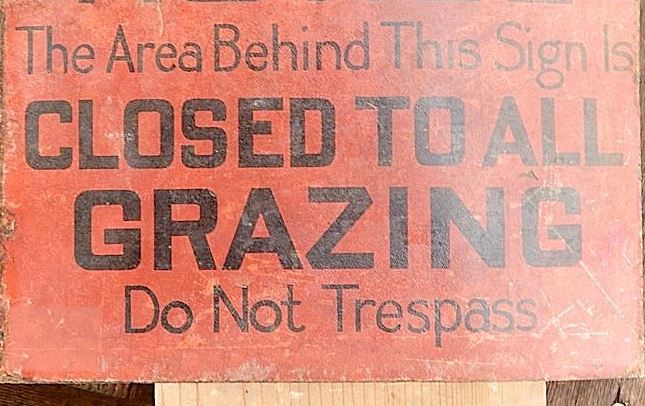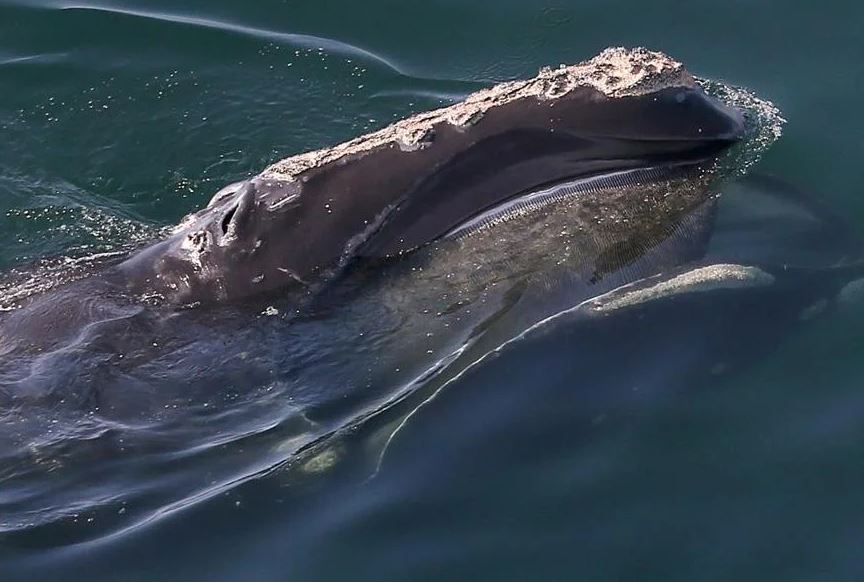Novel Study Calculates the Cost to Cattle Ranchers of an Expanding Wolf Population
One Wolf Can Cause Up To $162,000 in Losses Due To Reduced Growth and Pregnancies

Emily C. Dooley
UC Davis
Motion-activated field cameras, GPS collars, wolf scat analysis and cattle tail hair samples are helping University of California, Davis, researchers shed new light on how an expanding and protected gray wolf population is affecting cattle operations, leading to millions of dollars in losses.
Long believed extinct in California, a lone gray wolf was seen entering the Golden State from Oregon in 2011 and a pack was spotted in Siskiyou County in 2015. By the end of 2024, seven wolf packs were documented with evidence of the animals in four other locations. As wolves proliferated, ranchers in those areas feared they would prey on cattle.
Tina Saitone, a University of California, Davis, professor and Cooperative Extension specialist in livestock and rangeland economics, sought to quantify the direct and indirect costs after the California Department of Fish and Wildlife, or CDFW, launched a pilot program to compensate ranchers for wolf-related losses.
“There’s not really any research in the state on the economic consequences of an apex predator interacting with livestock,” she said.
An interdisciplinary team
Saitone proposed the research to her husband, Ken Tate, a UC Davis professor and Cooperative Extension specialist in rangeland sciences. Ben Sacks, director of the Mammalian Ecology and Conservation Unit in the UC Davis Veterinary Genetics Laboratory, joined to analyze wolf scat. Brenda McCowan, a professor of population health and reproduction at UC Davis Veterinary Medicine, examined cortisol levels.
“There’s a lot of nervous ranchers,” Tate said, and “there’s a very limited amount of work on this topic.”
The interdisciplinary research centered on three wolf packs — Harvey, Lassen and Beyem Seyo — and their interactions with rangeland cattle in northeastern California from June to October of 2022, 2023 and 2024. Funding came from the U.S. Department of Agriculture’s Western Sustainable Agriculture Research and Extension Program and the Russell L. Rustici Rangeland and Cattle Research Endowment.
The team found that:
- One wolf can cause between $69,000 and $162,000 in direct and indirect losses from lower pregnancy rates in cows and decreased weight gain in calves;
- Total indirect losses are estimated to range from $1.4 million to $3.4 million depending on moderate or severe impacts from wolves across the three packs;
- 72% of wolf scat samples tested during the 2022 and 2023 summer seasons contained cattle DNA; and
- Hair cortisol levels were elevated in cattle that ranged in areas with wolves, indicating an increase in stress.
“It is clear the scale of conflict between wolves and cattle is substantial, expanding and costly to ranchers in terms of animal welfare, animal performance and ranch profitability,” Saitone said. “This is not surprising given that cattle appear to be a major component of wolf diet and the calories drive their conservation success.”




